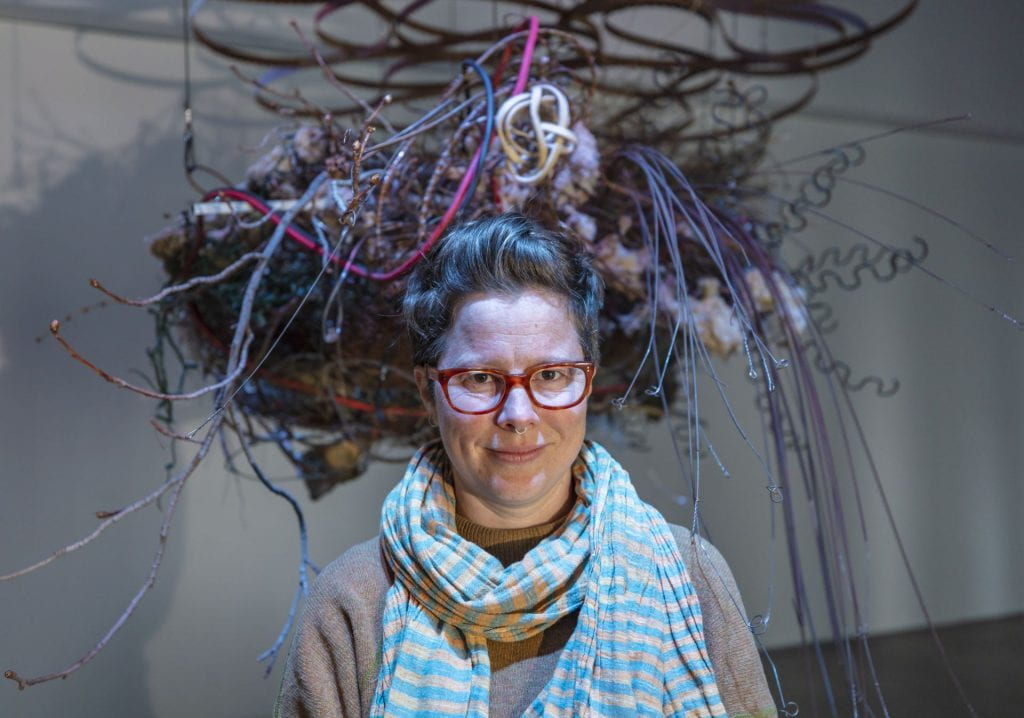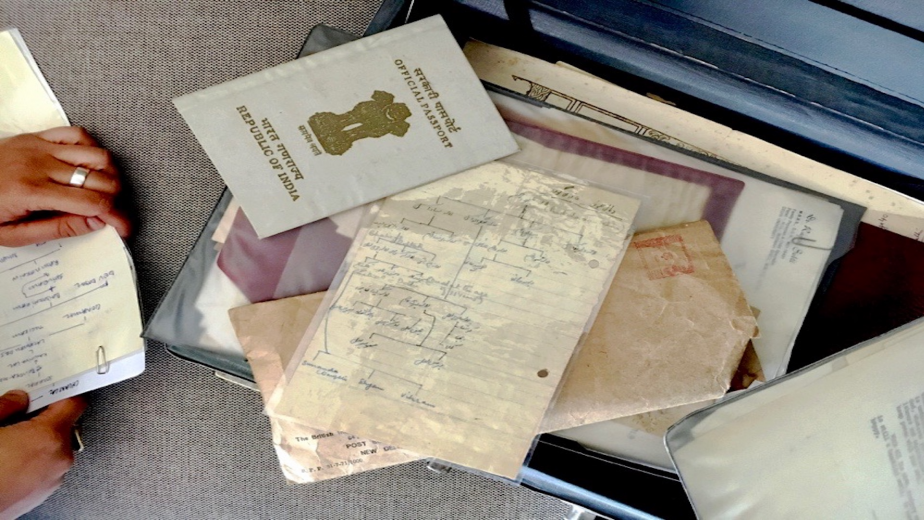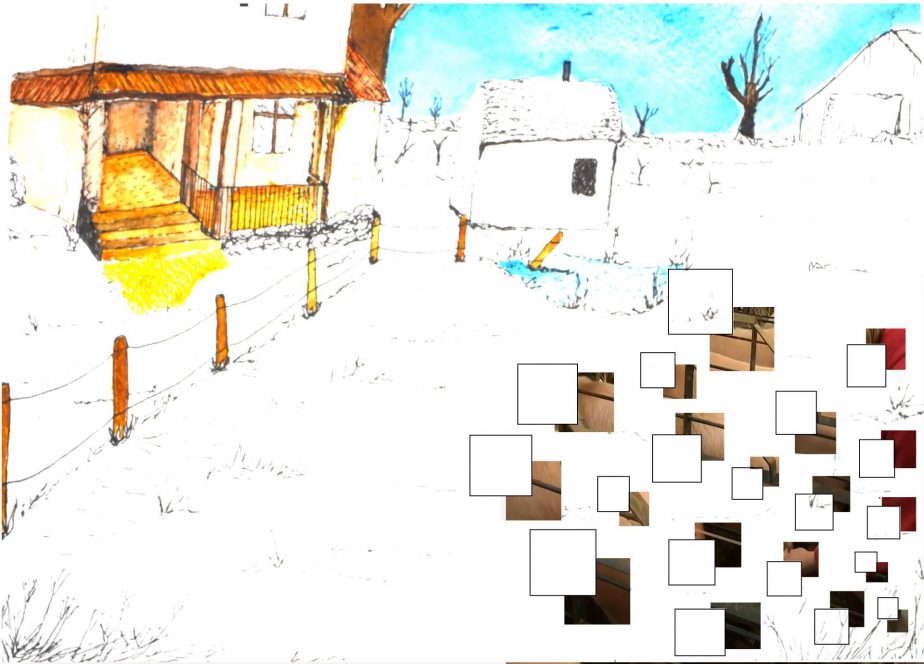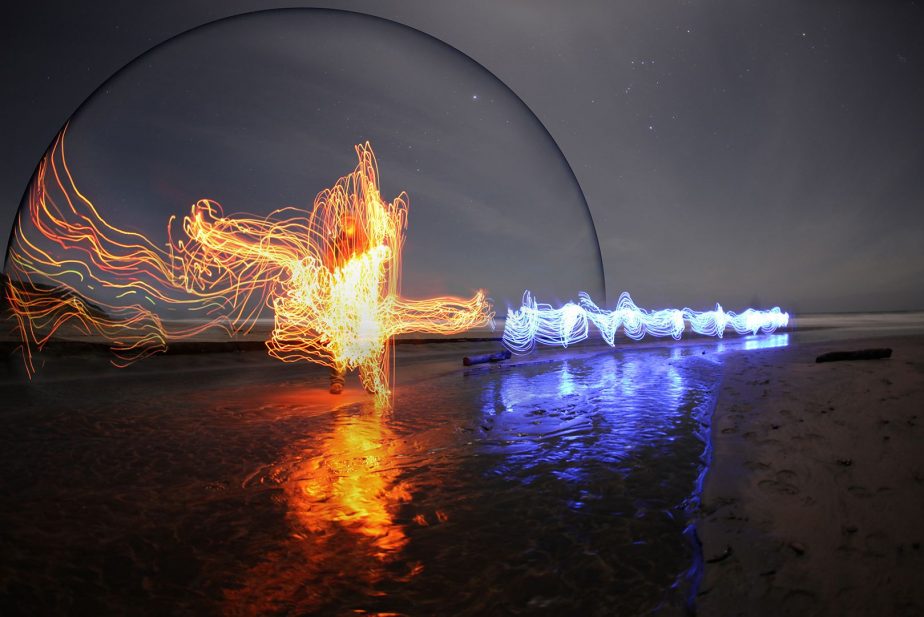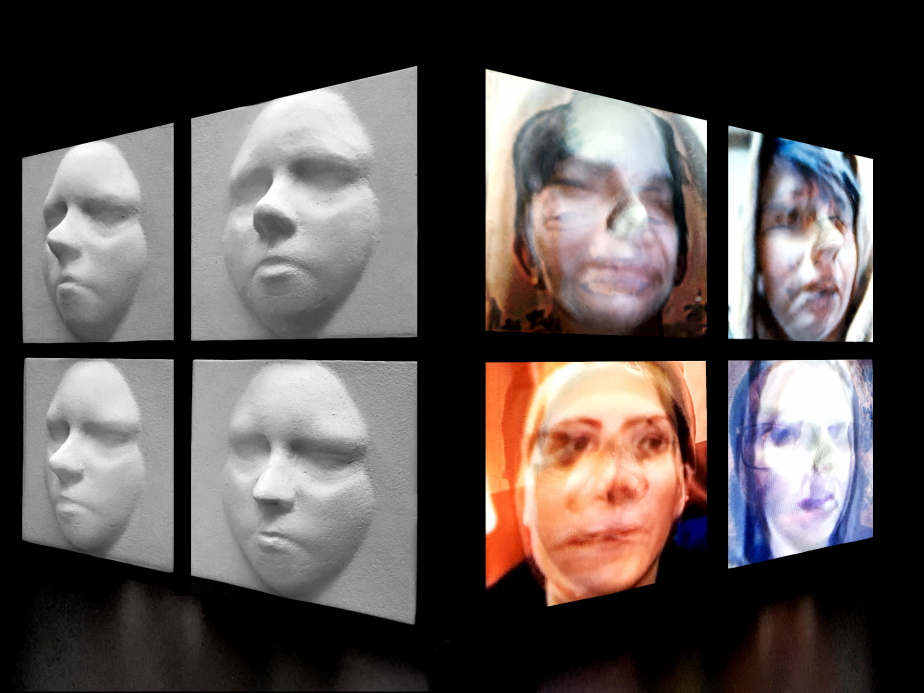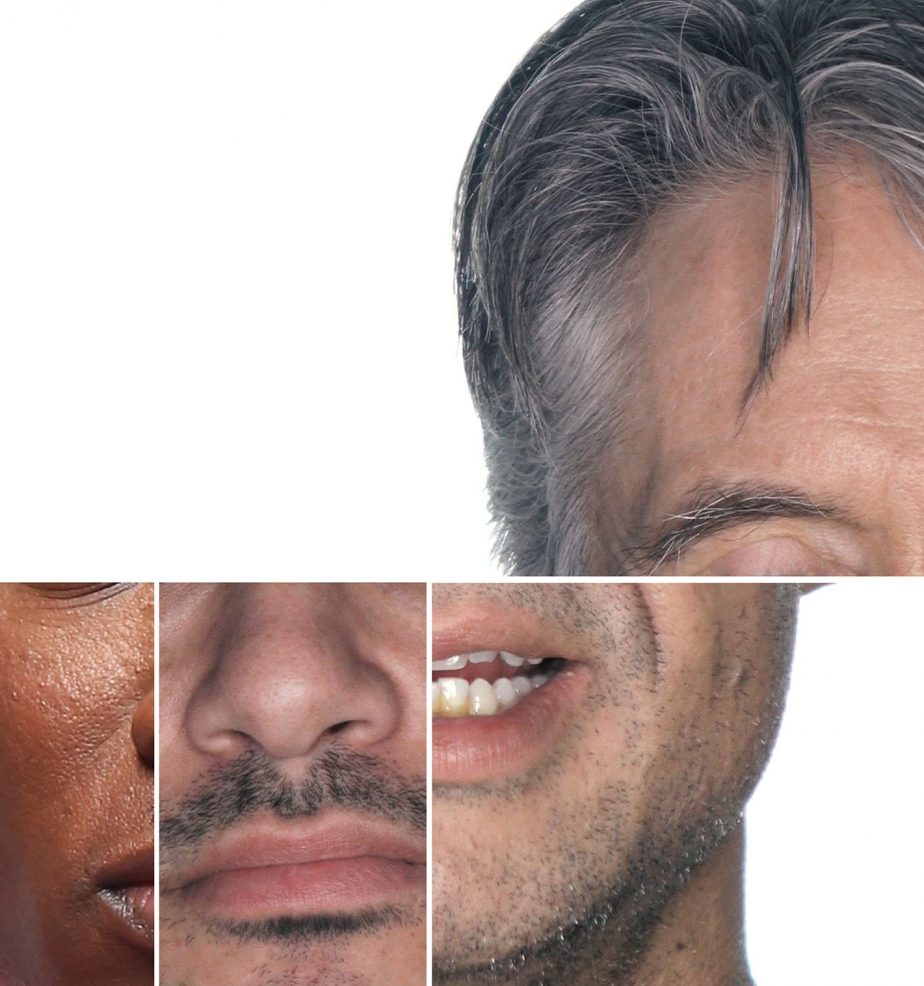A Crystalline Quilt for the Thick Present
A Crystalline Quilt for the Thick Present is a multimedia installation centered on a sculptural assemblage of materials salvaged from the Dimeo Lane landfill in Santa Cruz. Through the formal metaphors of a crystal lattice and textile quilt, this work uses the landfill site as a case-study in the layered, entangled, superimposed nature of time, and proposes the ordering and reordering of matter as a record of these complex temporalities. A Crystalline Quilt invites the viewer to join and be implicated in this investigation by exploring the installation through a media-rich virtual interface that reveals the material histories of found objects.
Ann Altstatt is an interdisciplinary artist whose work focuses on geologic and non-linear time, the intersections of scientific inquiry and mysticism, and the hidden stories of everyday objects. Ann lives in the historic floodplain of the San Lorenzo river with her partner, their young daughter, a cat, a dog, five chickens and innumerable termites.

